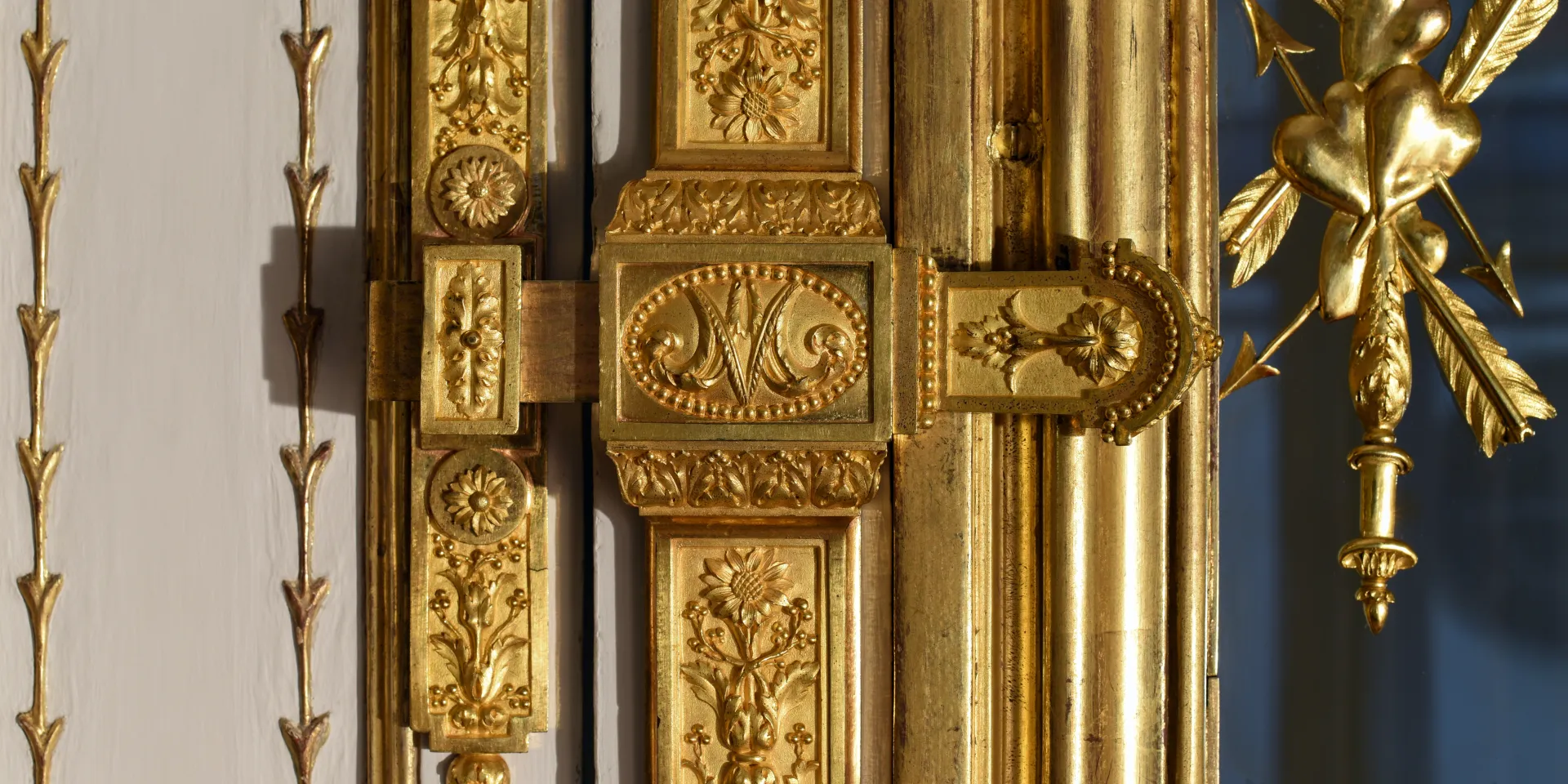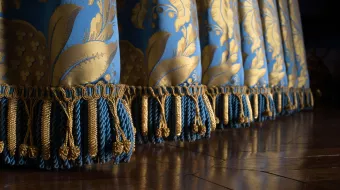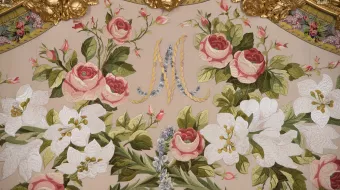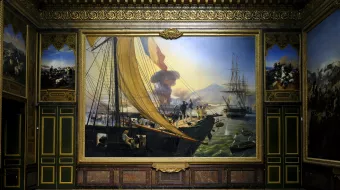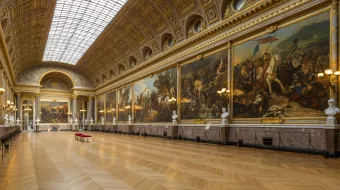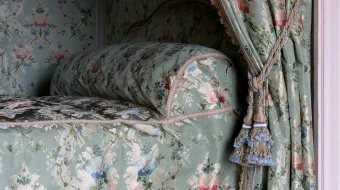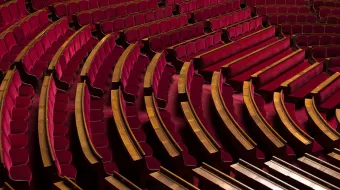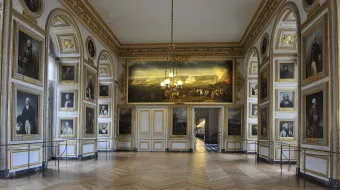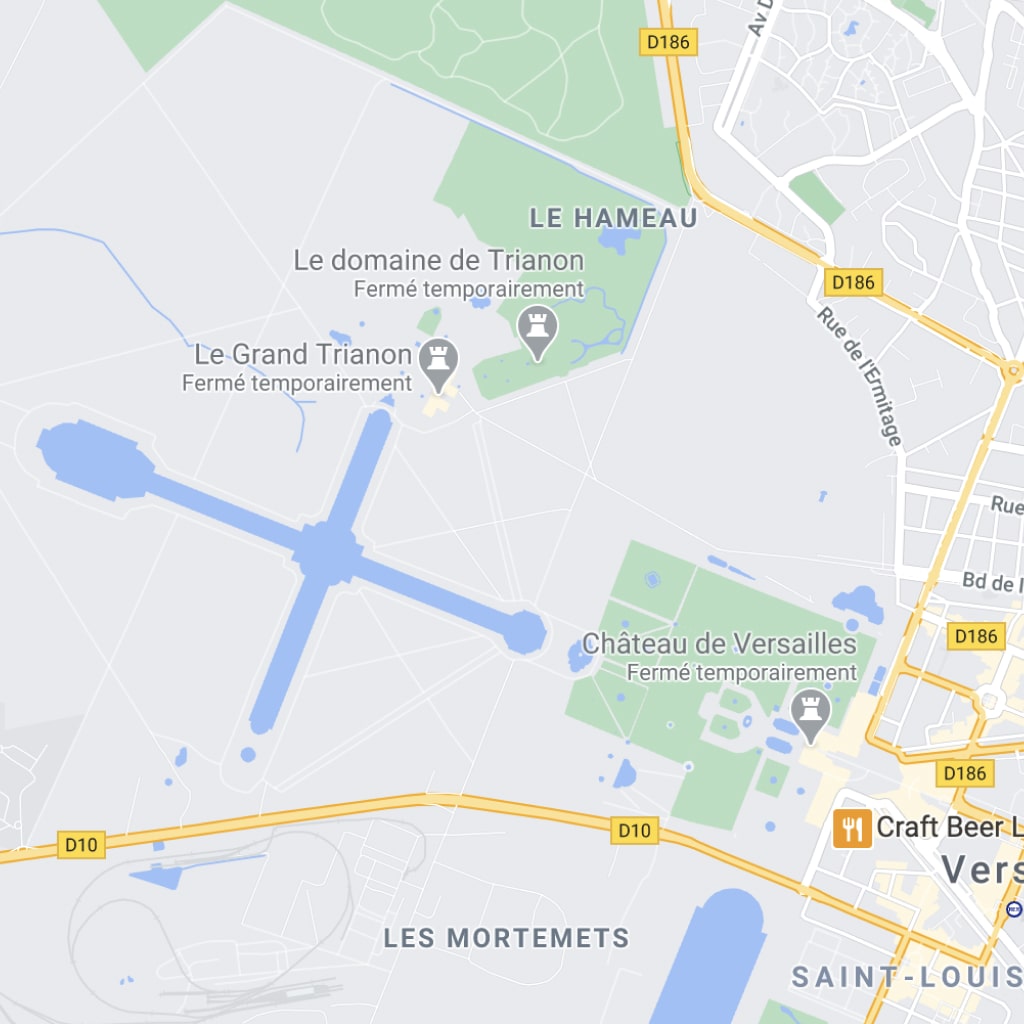The Queen’s State Apartments are currently undergoing work, and there are no guided tours scheduled for these rooms.
THE GoLD ROOM
This room was built for Marie Leszczyńska in 1735 and was modified several times by Marie-Antoinette. Its current appearance dates from the last series of changes carried out for the queen by Richard Mique (1784). In place of the silks hanging previously in the room, Mique proposed a more contemporary look of wood panelling made by the Rousseau brothers with decoration from antiquity, a style that had recently come into fashion thanks to the recent discovery of the remains of Pompeii and Herculaneum.
Most of the furniture and objets d’art currently in the room once belonged to the queen, including the commode, one of Riesener’s finest creations, which was delivered for her chamber in Marly, and the “Chinese-style” Sèvres vases on top of it, which came from her apartment in Saint-Cloud.

The Méridienne Room
The unusual form of this boudoir with its irregular walls allowed those in the service of the queen to pass from the large chamber to the other rooms without disturbing her, as she often came here to rest at midday – hence the name “Méridienne”. In 1781, after Marie-Antoinette had finally given birth to an heir, the definitive wooden panelling decoration was added. The motifs were carved by the Rousseau brothers and are repeated in the bronze work by Gouthière on the glazed doors. The allegorical references celebrate the young prince (the Dauphin), the royal couple (the king is symbolised by the eagle of Jupiter and the queen by the peacock of Juno) and the couple’s love (garlands of roses, bows and arrows).
A first phase of architectural restoration of the Méridienne Room took place from 2013 to 2015, thanks to the patronage of the Société des Amis de Versailles. The association has supported a new phase of restoration between 2016 and 2020, including the restitution of the textile decoration that adorned the room under Marie-Antoinette.

THE LIBRARY
Marie-Antoinette had a large collection of books that were moved to Paris during the Revolution and, for the most part, are now currently conserved in the Bibliothèque nationale de France. This room, restored between 2017 and 2020 thanks to a sponsorship from the Société des Amis de Versailles, was built for the queen between 1779 and 1781 by her architect Richard Mique. It was filled with cupboards with glass doors, whose shelves could easily be adjusted in height thanks to an ingenious rack and pinion system.
Marie-Antoinette’s book collection continued to grow, and the library soon required an extension which was built in the adjoining room in 1783. The queen also had a library in Trianon, most of the books from which are currently conserved in the municipal library of Versailles.
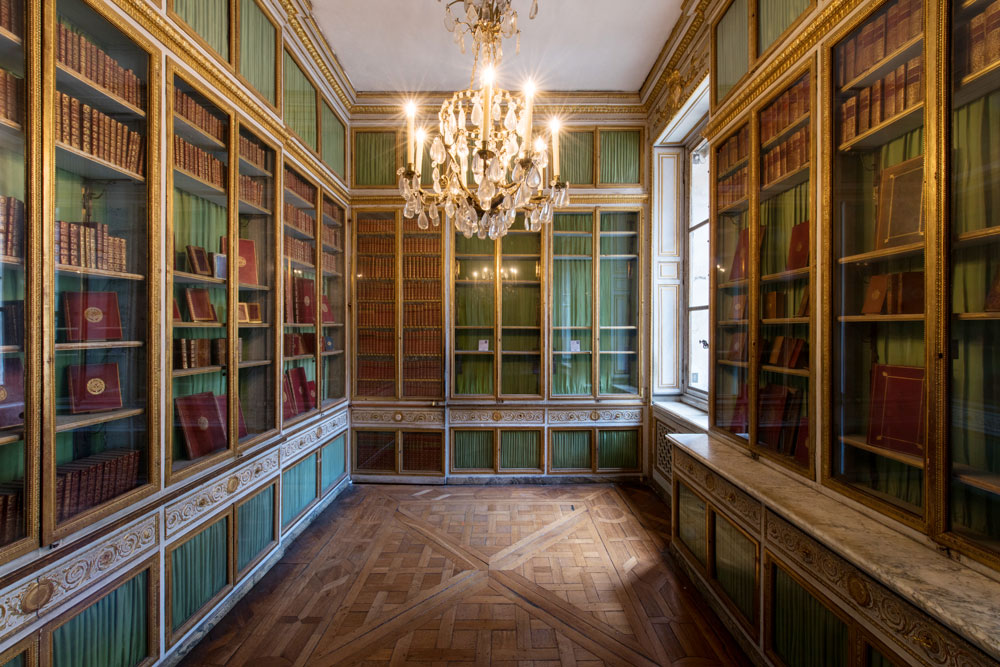
the billiard room and the second floor
On the second floor, the Queen had a set of small rooms reserved for her use: two rooms "à la Reine" (a dining room and a boudoir) and a Billiard Room. Six other rooms were reserved for the First Chambermaids and the service.
The silk furnishings of the Billiard Room have been reproduced and the sofas delivered by Jacob replaced. Thanks to the patronage and know-how of the Maison Pierre Frey, the Queen's rooms were decorated with Jouy canvases such as the Great Pinapple, one of the most beautiful productions of the Manufacture de Jouy in the 18th century.
The other rooms, whose decoration was less elaborate, currently house part of the museum’s collections relating to Marie-Antoinette, each evoking a part of the sovereign's life.




